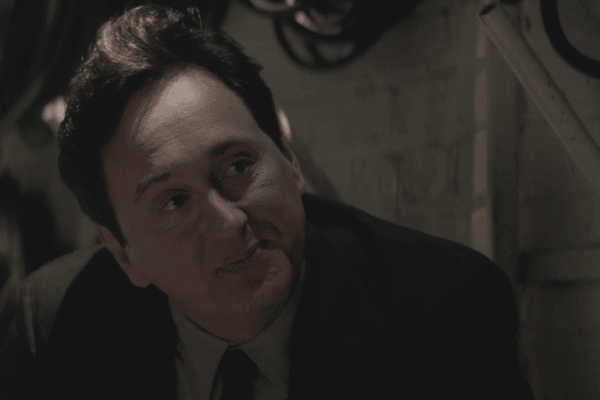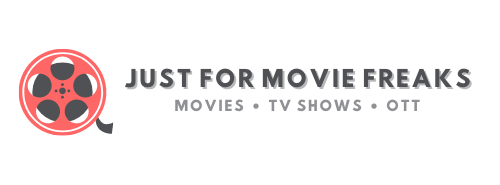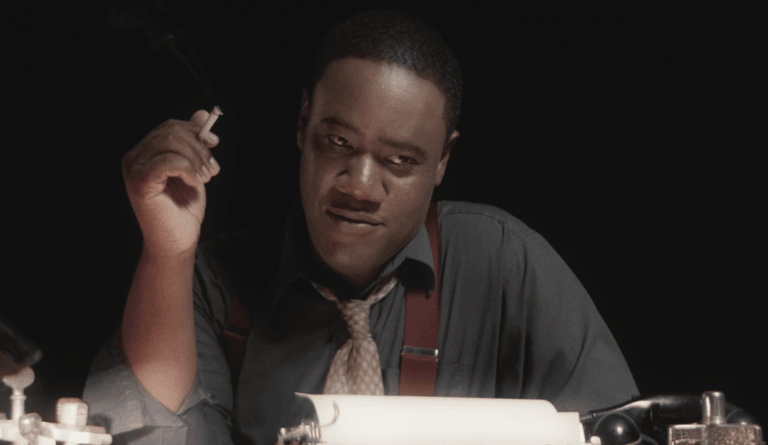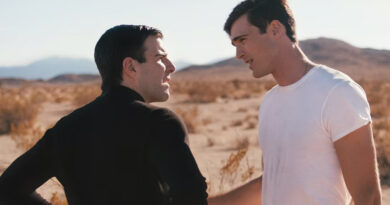The Problem of the Hero Review: Thoughtful & Relevant!
Shaun Dozier’s The Problem of the Hero brings to life a pivotal moment in American literary and theatrical history, chronicling the intense creative and ideological struggle between novelist Richard Wright and playwright Paul Green. Set in the months leading up to the Broadway debut of Native Son in 1941, the narrates a pre-World War II landscape where race, class, and politics are not just theoretical concerns but urgent, lived realities.
As the two writers work together to adapt Wright’s best-selling novel for the stage, their growing friendship is tested by a fundamental disagreement over the play’s vision—one that reveals deeper tensions about artistic control, social responsibility, and the portrayal of Black identity in American culture.
Related – “Severance S2” Review: Monumental & Artistically Magnificent!
The conflict at the heart of The Problem of the Hero is more than a creative dispute—it is a clash of worldviews, shaped by personal experience and cultural background. Richard Wright, a Black writer who had witnessed and endured systemic racism, believed that Native Son should be an unflinching indictment of the society that produced its tragic protagonist, Bigger Thomas. Paul Green, a white Southern playwright and self-proclaimed ally, admired Wright’s work but wanted to reshape the narrative to offer a more redemptive message.
Their disagreements were not just about art but about who has the authority to tell certain stories and how they should be told. As opening night loomed, the two men found themselves entangled in a larger question—should art challenge audiences with uncomfortable truths, or should it attempt to guide them toward reconciliation?
Dozier’s direction ensures that the weight of this ideological battle is felt in every conversation. Much of this film unfolds through dialogue-driven exchanges, where words cut as sharply as actions. The film embraces a theatrical style, with its precise, almost lyrical cadence of speech, evoking the era’s intellectual debates.

The remarkable performances by J. Mardrice Henderson as Wright and David Zum Brunnen as Green capture the nuance of two men who respect each other yet remain firmly entrenched in their beliefs. Henderson’s portrayal of Wright is particularly compelling, embodying the frustration of a writer determined to retain the integrity of his work in a society that often distorts Black narratives.
Visually, the film opts for a muted, understated palette that mirrors the tension simmering beneath the surface. The production design carefully reconstructs the atmosphere of 1940s New York, from the dimly lit backstage of the St. James Theatre to the smoky, intimate spaces where these debates unfold. While this restrained aesthetic adds to the film’s historical authenticity, a bolder visual approach might have heightened the drama further. The pacing, too, leans into a slow burn, allowing the complexity of the central conflict to sink in. However, the film’s deliberate pacing and dense, philosophical dialogue require patience.
In the end, The Problem of the Hero is more than just a historical drama—it is a meditation on creative freedom, racial representation, and the responsibilities of storytellers. The questions it raises remain as relevant today as they were in 1941, making it a thoughtful watch for those willing to engage with its measured storytelling.
‘The Problem of the Hero’ Rating – 3.25/5
- Future Date Review: A Very Creative Sci-Fi Romance! - June 1, 2025
- The Devil’s Left Hand Review: Atmospheric & Spooky! - May 29, 2025
- Fear Street: Prom Queen Review – A Missed Opportunity! - May 28, 2025




